James Benning - Los (2004)
Saturday, August 4, 2007
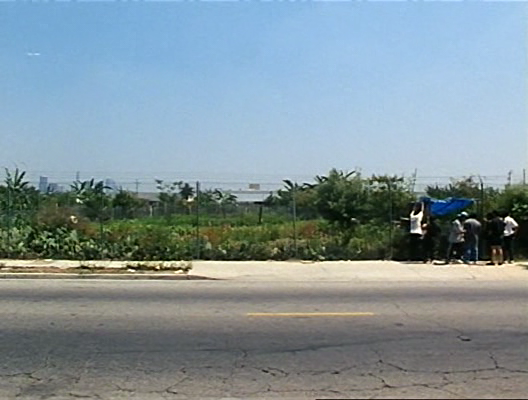
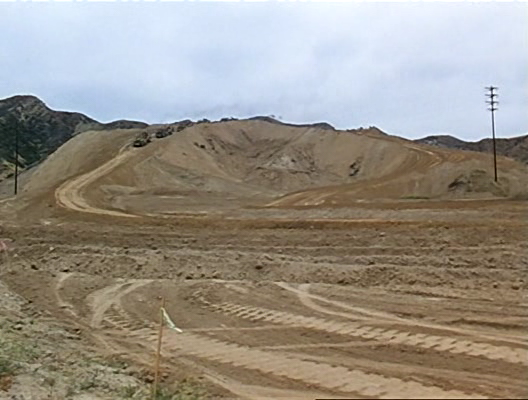
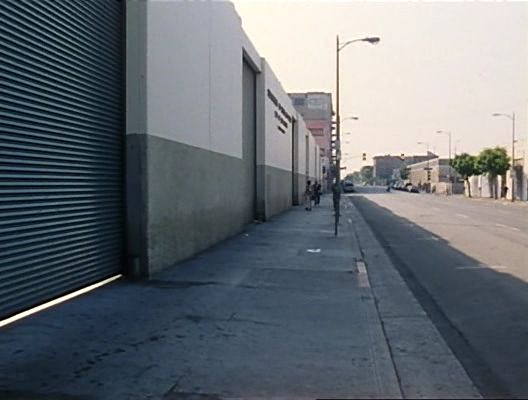


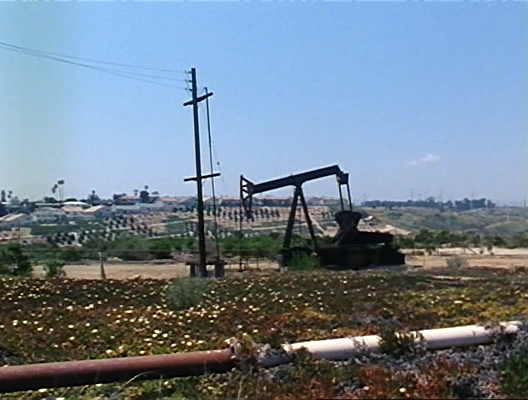
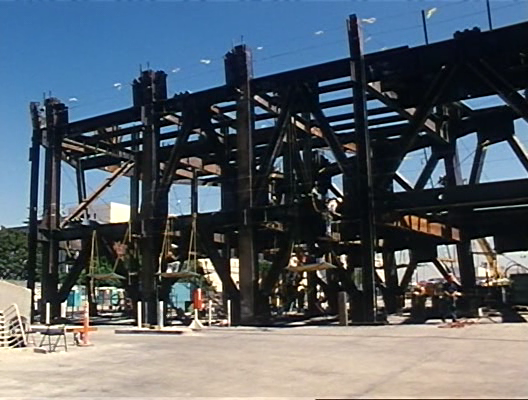


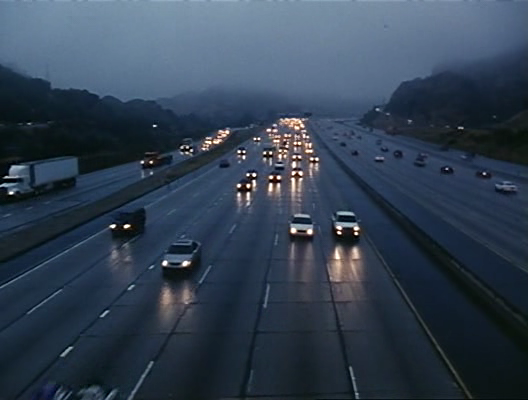
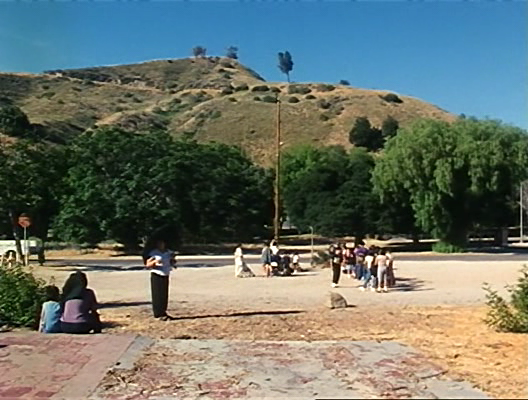

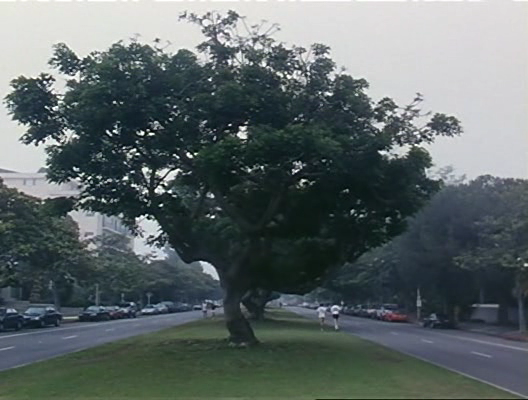
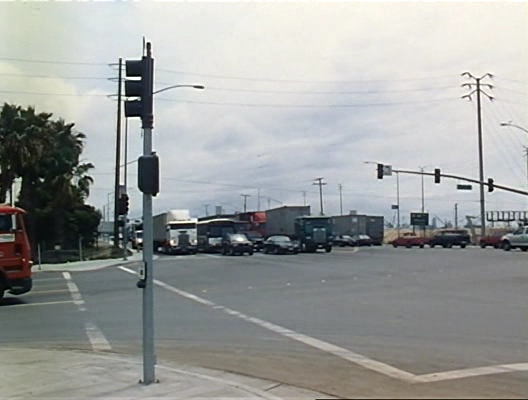
Nearing the completion of El Valley Centro, I began planning an urban companion piece, Los, that was to be a portrait of Los Angeles. It seemed logical, for the politics of water certainly run from the Valley to the City. Los would have the same structure as El Valley Centro and would look and listen with the same intensity. The two films would be connected with the last shot of El Valley Centro pumping water out of the Valley over Wheeler Ridge while the first shot of Los would show Mulholland’s first spillway (still in use) bringing water into LA.
James Benning, December 2001
Conceptual-art portrait of Los Angeles County, comprising 35 two-minute shots of streams, hills, buildings, factories, gardens, highways, rivers, cattle, trains, people, the ocean, a cemetery, the skyline, policemen, back streets, a jail, soccer players… Bennings’ camera remains static, and in the absence of commentary the only sounds we hear are whatever’s audible in each of these places: snatches of dialogue, distant background music, the rumble of cars and trains.
Benning has been one of American leading avant-garde film-makers for over 20 years, but remains barely known by the wider cinemagoing public, especially abroad – partly because he doesn’t allow his works to be available on video. And while Los is no-one’s idea of ‘commercial’ film-making, Benning’s low profile is an indictment of the timid policies of our supposedly adventurous arthouses: this is much too fascinating a use of film for it to be relegated to art galleries.
Los can be taken as 35 short movies, each of them saying something about the county, each of them posing some question about Benning’s technique, providing Viewing becomes an active, enthralling experience – even when there’s apparently ‘nothing happening’ on screen. It soon becomes clear that the timing, order and contents of each image has been very precisely calculated, and in many cases it’s what we can’t see that’s the ‘subject’ of the shot. The penultimate shot is of ‘homeless people’, and at one point an unseen passerby exclaims “What the f*ck are you lookin’ at, stupid motherf*cker?” But there are no answers – everything about the film is a matter of subjective interpretation, and every response is equally valid. Benning’s gaze transforms the whole of ‘greater’ Los Angeles into a vast work of art, in the process making it even ‘greater’ still – and this is only the central part of a projected ‘Southern California’ trilogy.
The film is full of engrossing incidental details, cross-references, tantalising clues that might mean everything or nothing. Early one we see a DKNY advertising billboard owned by a company named ‘Outdoor Systems’, and this phrase sums up Benning’s real subject – the human and natural processes that combine to form the bizarre anomaly we know as LA: a huge cloud of dust rising from a brush fire; the evening lights of cars zooming along a six-lane highway; the flight path of a landing jet-plane. This is a game with specific rules of form (the length and horizon-lines of each shot are similar) and content (each shot must contain some aspect of human activity; each shot must be outdoors) and, finally, memory test. We’re exposed to each of the images for so long, that by the end, when Benning brings up a series of captions identifying the locations of each, we can run through the whole movie again, in our mind.
Needless to say, Los won’t be to all tastes – in today’s market-oriented climate, such a project necessarily runs the risk of ‘pretentiousness’ accusations – but it’s surprising how quickly you adjust to the film’s unique rhythms, and this is a very straightforward, accessible kind of experimentalism. In terms of an artist using cinema to express himself, it dwarfs almost all this year’s ‘conventional’ releases: if any film of 2001 can possibly change the way its audiences think about and view their world, it’s James Benning’s mysterious, majestic, magical Los.
(via)
Share Los via karagarga or demonoid.
at 2:03 AM